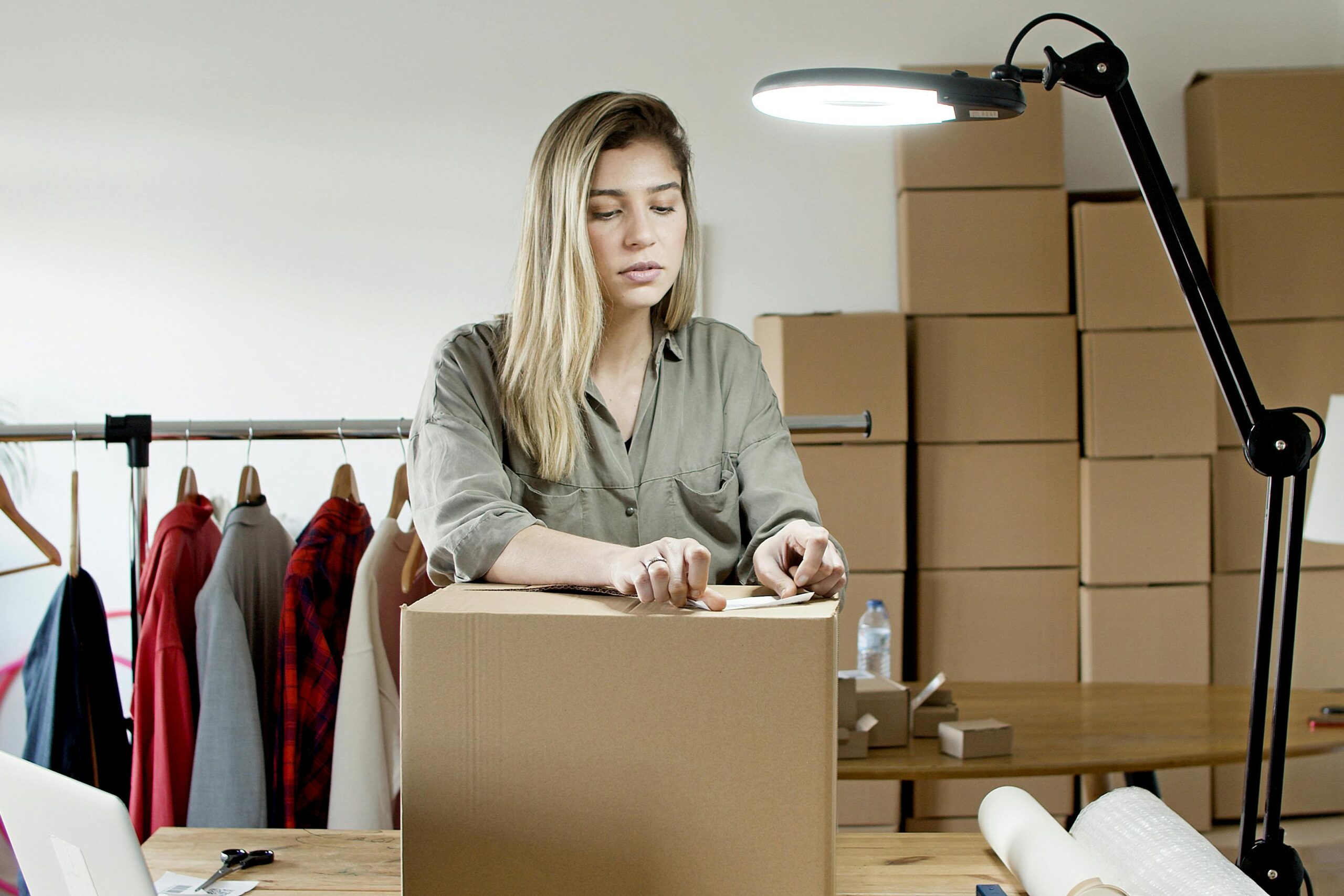In the UK we are fortunate to have in place high standards when it comes to workplace health and safety. The UK is regularly recognised as having some of the best records for worker safety. We can credit this, in part, to the introduction of the Health and Safety at Work Act in 1974.
Whilst the progress made is applauded, there are still areas for both business owners and office owners to keep an eye on to ensure high standards of worker safety are met. According to the HSE reportcosts associated with worker injury and illness have been rising year-on-year since the pandemic. Data from the last complete year showed there was a 10% rise in costs from sickness/injury in the 2021/2022 year compared to 2019/2020. The same report estimated £7.2bn is lost in productivity costs to businesses for days lost to sickness and injury. In terms of government costs, £4.2bn is said to be the cost for occupational injury and illness.
Here are some of the biggest hazards featured in offices in 2024 and advice on steps to take to make offices safer. Take a look at his review of the biggest risks to offices for employee accident and injury:
Dull and poor lighting
“Having a poorly lit office can affect both the mental and physical health of employees. Cool and bright lighting can make employers feel more alert and focused for concentration, whereas warmer, poorer lighting can enhance tiredness and low energy. Increasing tiredness can lead to fatigue and lower mood, making it important to consider lighting in your office to support employee mental wellness. Stress, depression and anxiety make up 49% of all workplace ill health cases, proving how big the issue is. Dark rooms can also be the source of hazards, as employees can easily trip over things and fall. Office managers and directors should assess how lighting choices will impact workers when designing their office.
Loose rugs or carpets
“On a similar note, loose rugs and carpets are a trip hazard which can lead to employee injury. Last year 561,000 workers sustained a non-fatal injury at work, with 32% of non-fatal injuries being caused by slips and trips at work. Employers should make sure to assess how safe decor choices are and avoid unnecessary risk. Having all carpet or laminate flooring can be a safer choice than adding extra accessories like rugs.
Badly wired plugs
“There are strict laws regarding electrical safety in the UK, designed to set high standards for commercial properties. Despite this, there are still 1,000 cases of electricity-related workplace accidents reported to HSE annually, 30 of which resulted in fatalities. Workplaces should ensure all electrical equipment is vetted and meets the standards required legally. Hazards to look out for include worn out rubber wires, exposed circuits, signs of burning and taped wires. Electrical equipment, like plugs and chargers, should be routinely inspected to ensure no deterioration has occurred over time.
Stacked boxes
“An untidy office without proper storage can lead to boxes and heavy items ending up stacked in communal areas, this can be highly dangerous for workers. In fact, 11% of nonfatal injuries at work are caused by falling, moving objects. Stacked boxes can easily fall and cause serious harm to anyone standing close-by. Business owners should invest in cupboards and closets to keep bulky items out of the way from everyday office work. Racking and organisation of office stock should be implemented by office managers and senior leadership in offices to ensure no hazardous environments are created.
Non-ergonomic workstations
Bad posture at work can lead to a long list of long-term health problems, including repetitive strain injuries and back problems. Reports suggest as many as 1 in 3 workers suffer back problems as a result of their workplace. Ergonomic work furniture is designed to reduce your risk of such injuries and improve general posture at work. Health and safety assessments should be done to ensure analysis of areas including screen monitor height, keyboard positioning and equipment positioning meets the safety requirements. Computer chairs should have proper back support and be adjustable.
Portable heaters
Portable heaters may seem great for quickly increasing the temperature of your office but they are a known fire risk and should not be relied on as the main source of heating. Portable heaters can cause fires if they are accidentally covered for too long, some may not meet the official safety standards if bought online and some cannot withstand prolonged usage. Reports suggest there are 22,000 fires in UK officesannually, highlighting the scale of risk that ignoring safety advice can cause.
Blocked fire doors
The issue of blocking fire exits comes down to proper item management and storage, as having excess items can lead to stacks of boxes or other equipment being placed where it shouldn’t be. Blocking access to a fire door isn’t just unsafe, it is against UK law. The law states that all fire exits should be easily and immediately able to open in the event of an emergency and not be locked. Failing to leave fire exits accessible can lead to legal action and potentially loss of life in the event of a fire.
Desk fans with no ventilation
Poor air circulation is a leading cause of workplace ill health and employers have a legal duty to provide sufficient fresh air in offices. If your office space has windows which are not able to be opened for other safety reasons, you should invest in air circulation equipment to ensure workers are getting proper ventilation. Desk or ceiling fans simply will not cut it to provide the right air quality and they can also spread dust if left uncleaned before use. HSE’s Approved Code of Practice and guidance (PDF) states that ‘The fresh-air supply rate should not normally fall below 5 to 8 litres per second, per occupant. Office owners should do proper checks of air quality and provide options to businesses and employees.







